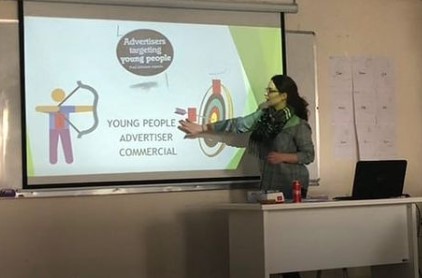Titles Coming to Life
Ever realized in the while-stage of your reading lesson that your students have no idea what you are talking about? It usually happens when the pre-stage is kept shorter than it should be, or it is also possible when the pre-stage activities don’t attract students, or they are not to the point concerning the reading type and content. There are several ways to furnish the pre-stage of reading lessons, and almost all of them focus on experiencing students with the topic of the text and, of course, catching their attention.
Titles, subtitles, and the first sentences of the reading texts are very easy and convenient to use in the pre-stage. Not only do they give hints about the content but also, they trigger students to wonder about the content, which is mainly what we want to achieve in the pre-stage. However, asking students to read titles and indicate their predictions may not always appeal to all the students and it may get boring over time. So, this simple activity can become more fruitful when visualization is integrated into it. We can actually give a try to illustrate the titles with pictures or drawings. If the teacher draws, it can be even more attention-grabbing for the students.
Last year when I was working at a prep school, we had lots of reading texts to cover in the lesson and I was trying to make them fun by presenting the readings through different activities. That is when I first used title visualization. The text was about advertisements that address kids. The title was “Advertisements Targeting Young People”. So, I used the visual in the following picture taken in that specific lesson.

I asked the students to match the given phrases (young people, advertiser, commercial) with the items numbered in the visual according to the title. That makes the archer advertiser, the arrow commercial, and the board young people. They were very engaged. After they matched them correctly, I asked them some follow-up questions like the possible ways advertisements do such a thing. We listed the ideas under the arrow which symbolizes the commercial and read the text to check if any of our ideas matched the author’s. I believe in this way reading starts even before they start actual reading.
In line with what brain-based teaching and old but gold multiple intelligences theory suggest, pre-stage activities especially in this sort which activates both verbal and visual parts of the brain are more inviting than the ones with single sense effect such as just asking predictions verbally and directly. The problem we encounter in the while-stage when students don’t know the content is all about this. Everything starts with involving students in the learning and particular to this issue, the reading process. They have the capacity if we choose the texts and activities at the appropriate level and present them in this kind of way which requires little effort but shows significant impacts on intake and eventually uptake.
